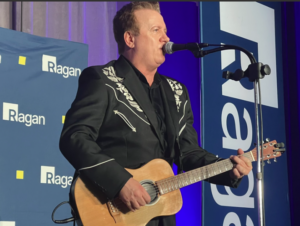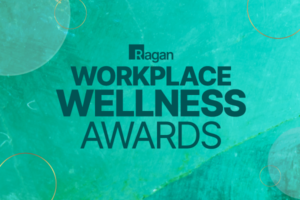How to communicate about PTO
It’s time we step back and consider how we socialize taking time away from work.

Paid time off — it’s something employees, leaders and communicators can all unite behind as a major positive. It allows us to spend more time with our families and friends, explore our interests, or simply unwind from the pressures of our day-to-day duties. But in a world moving faster than ever, we can sometimes lose sight of needing time to ourselves to regroup and recharge. To get a better perspective, we spoke with leaders in communications and HR about how communicators can help employees interact with PTO, and how leadership can model the path forward.
Culture building and cues from leadership
PTO begins with an established policy that’s communicated to employees, but that’s just part of the equation. Employees should be able to look to their leadership and know that when they need some time to rest and recharge, and should see people in positions of power not only endorse the use of paid time off but frame it as a necessary part of the organization’s culture.
“It all starts with having a policy that allows employees the time they need, but that doesn’t mean much if the company culture doesn’t match it,” said Katarina Matic, global senior director at Montieth & Company. “A paid time off policy is about so much more than just words — it’s about how it’s implemented and practiced. Leadership should provide the example to their employees that it’s not only normal but necessary to take paid time off to reset mentally and physically.”
Kathleen Castillo director of compensation and benefits at Loro Piana, added that communications and HR should work together to ensure they’re communicating that paid time off is there to be used.
“Taking paid time off to rest is just as important as any work that’s getting done at the company,” she said.
Keeping things rolling
While communicating how PTO is incredibly important to both mental health and culture building within an organization, it’s also important to share guidance on how teams can implement the correct structures to keep the essential functions of an employee’s role moving along while they’re taking time away from work.
This serves a dual purpose. While open lines of communication and continuity structure help a team get things done while their colleague is taking PTO, it also ensures that a person’s PTO is truly free of communication and the weight of responsibilities felt at work.
“It’s all about putting minds at ease, and having these structures in place can feel comfortable both while they’re away from the office and not fearful of what they might have missed when they return, Mark Mohammadpour, founder and CEO of Chasing the Sun.
Mohammadpour said that we can help avoid this anxiety by operationalizing recap emails of what responsibilities are being delegated before the PTO period, along with what a person might have missed and who handled it when they return.
“As communicators, we need to be proactive in telling people to take their paid time off,” he added. “We should empower our employees not only to create plans to keep business moving when they’re out of the office but also to feel at ease to take their time whenever they see fit.”
Well-rested employees are effective employees
An employee that has a chance to rest and pursue their own personal interests is much more likely to be an effective one — that much has been proven. When we’re seeking to build a positive work culture that also has a positive business impact, paid time off needs to be a part of that equation.
According to Castillo, managers should be proactive in explaining how important paid time off is to team members and need to express that it’s a major component of keeping core values as a company.
“We need to drive home that paid time off is important for our development as both employees and as people,” she said, “and it’s up to a strong communications strategy to make that happen.”
Sean Devlin is an editor at Ragan Communications. In his spare time he enjoys Philly sports, a good pint and ’90s trivia night.







